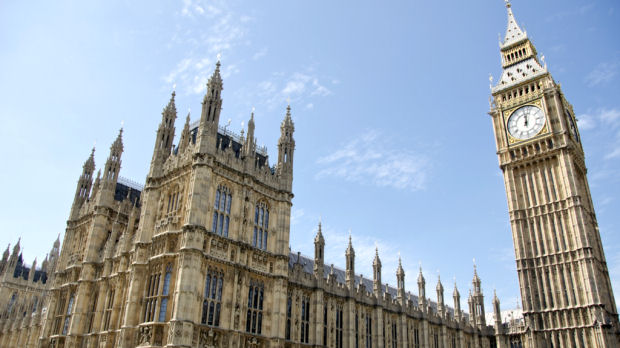Boundary report – unsettling reading for MPs
Few English MPs will escape changes to their constituency borders in today’s Boundary Commission’s recommendations, writes political consultant Lewis Baston.

The Boundary Commission for England (BCE) report published today is unsettling reading for nearly all MPs, including those from the government benches who voted it through with varying degrees of enthusiasm.
Few MPs will escape having changes made to their constituency boundaries, and a few will find their seats abolished, or changed so radically that they would have been defeated on the new boundaries in 2010. Some MPs will be pitched into fights against each other.
The proposals implement the coalition government’s new policy on parliamentary boundaries which was enacted in February 2011. The government insisted that the total number of constituencies was reduced from 650 to 600, and that – with four exceptions – every seat had to be within 5 per cent of the average size. Size here is measured by the number of people on the electoral register as of December 2010.
Peculiar boundaries
While the legislation was highly controversial between the parties, the Boundary Commission itself is an impartial body which does not take party political consequences into account. It has to try to create units with the right number of electors that make some sort of sense on the ground, and given the constraints it generally does well.
For Conservatives there is the tantalising possibility of a Tory member for Sedgefield, Tony Blair’s old stronghold.
However, the rules under which the commission has had to operate have created some very peculiar constituency boundaries in some areas, although in general they have tried hard to avoid unnecessary disruption.
Perhaps the strangest new seat is the unfamiliar Mersey Banks constituency, a sort of successor to Wirral South which contains a random piece of Widnes unconnected, even by a bridge, to the rest of the seat.
For Conservatives there is the tantalising possibility of a Tory member for Sedgefield (technically, Sedgefield and Yarm). Tony Blair’s old stronghold is radically altered and grouped with the areas which made the current Stockton South a Conservative gain in 2010.
Gloucester city centre becomes part of the Forest of Dean constituency, an idea that was greeted with dismay when I floated the prospect in a local newspaper.
Political consequences
While the Boundary Commission is neutral, most observers are keenly interested in the party political consequences. In general, the changes seem to help the Conservatives a bit relative to the other parties, but the effect is not dramatic. In some areas, such as West Yorkshire and east London, they will be probably be pleased but in others such as Derby and North Yorkshire there is a lot of disruption for no political gain.
The implications for the Lib Dems are ugly – and we have not even seen what happens to the beleaguered Scottish Lib Dems yet.
The party that really suffers is the Liberal Democrats, because their seats tend to have smaller majorities and be yellow islands in a blue or red sea. The axe falls on a number of seats the Lib Dems currently hold, including expected losses like Carshalton & Wallington, and Burnley, but also surprises like Westmorland & Lonsdale held by party president Tim Farron and unhelpful alterations to seats including Chris Huhne’s Easleigh and John Leech’s Manchester Withington.
While Nick Clegg personally has little to fear in his redrawn Sheffield seat, the implications for the party are ugly – and we have not even seen what happens to the beleaguered Scottish Lib Dems yet.
More to come
Today is a very important step in the process of redrawing constituency boundaries, but it is far from the end of the road. There are Boundary Commissions for Northern Ireland, Scotland and Wales, which will publish their reports separately between now and January.
The proposals in all these reports, including England, are now open to consultation and there will be a number of local hearings to gather evidence about what people think about the proposed boundaries and the alternatives that will be offered by the main political parties.
The Boundary Commission is keen to hear from civic groups and ordinary people as well as the parties, whether they support or oppose its ideas, and invites responses through its website. It does sometimes revise its ideas and publishes new proposals.
The process will end in October 2013 when the package of final recommendations returns to the House of Commons for a vote, which will no doubt be contentious and a strain on coalition discipline given that the Lib Dems, and a few Tories who will lose out locally, will be disgruntled.
Assuming the boundaries are indeed voted through, they become our new constituencies with the 2015 election. And then, in early 2016, the whole process begins again…
-
Latest news
-
Taylor Swift’s new break-up album breaks records3m

-
NHS trust fined £200K for failings that led to death of two mental health patients3m

-
Sunak vows to end UK ‘sick note culture’ with benefit reform3m

-
‘Loose talk about using nuclear weapons is irresponsible and unacceptable’, says head of UN’s nuclear watchdog3m

-
‘There wasn’t an Israeli attack on Iran,’ says former adviser to Iran’s nuclear negotiations team7m

-




